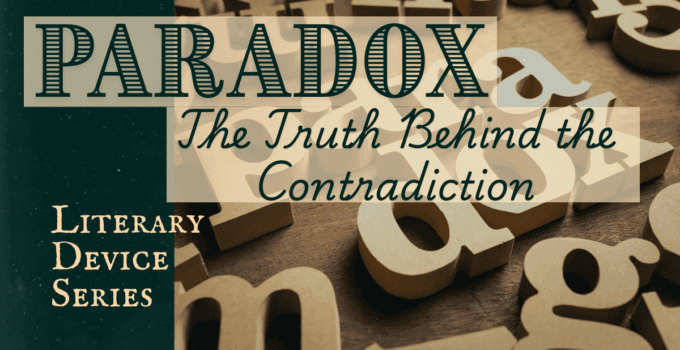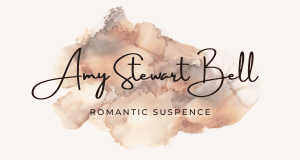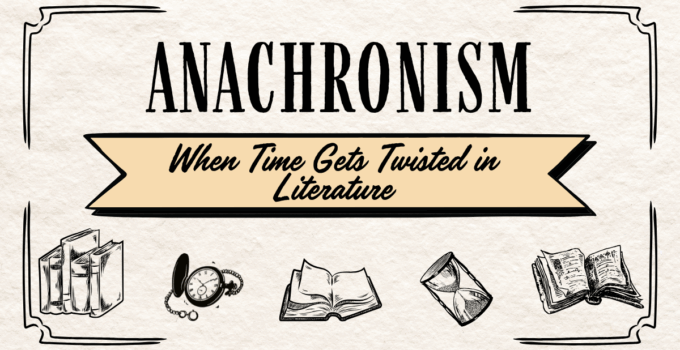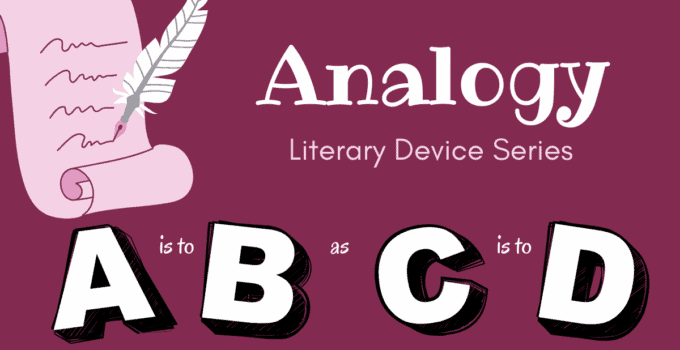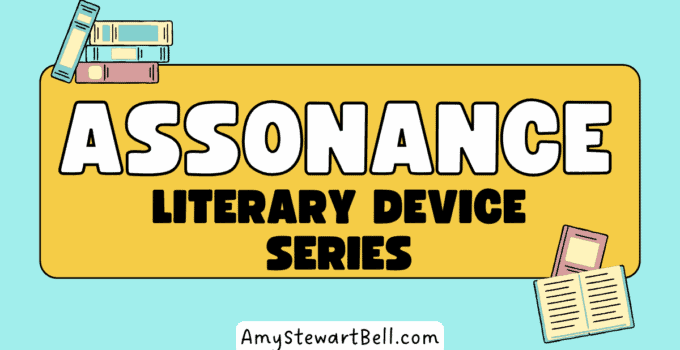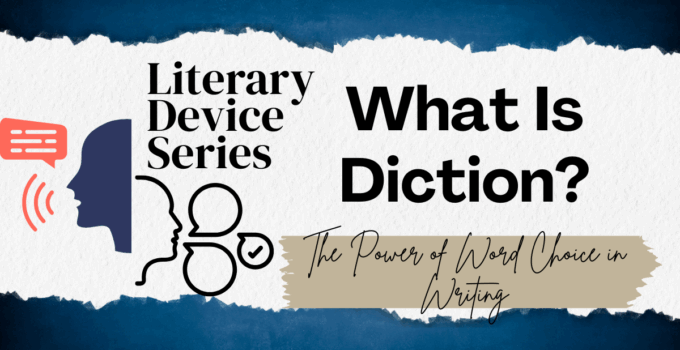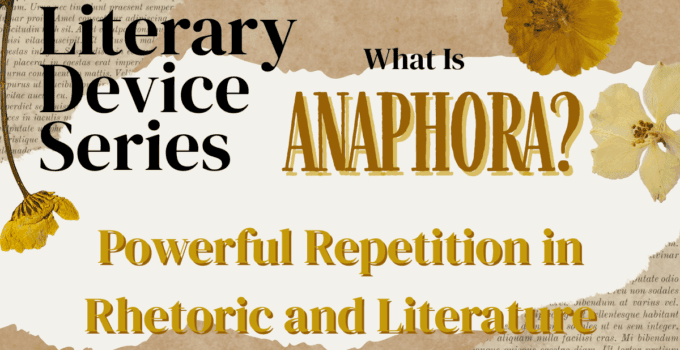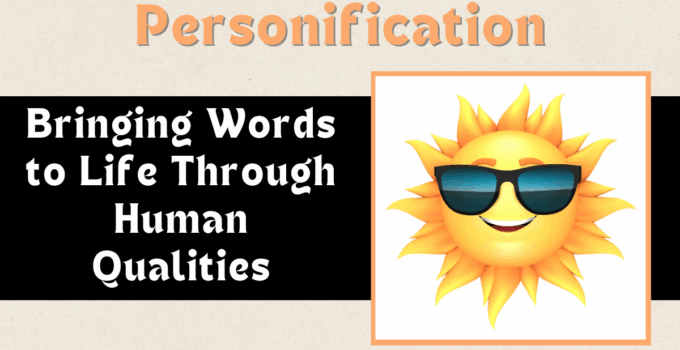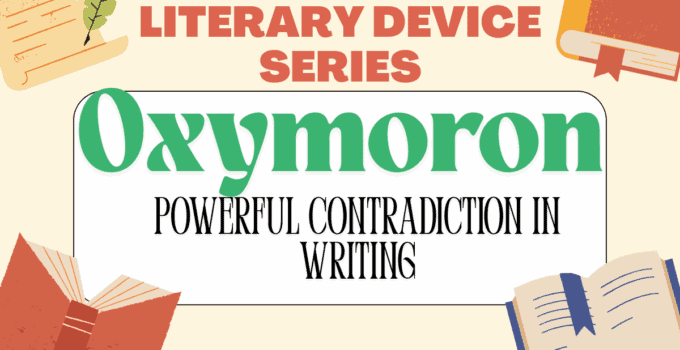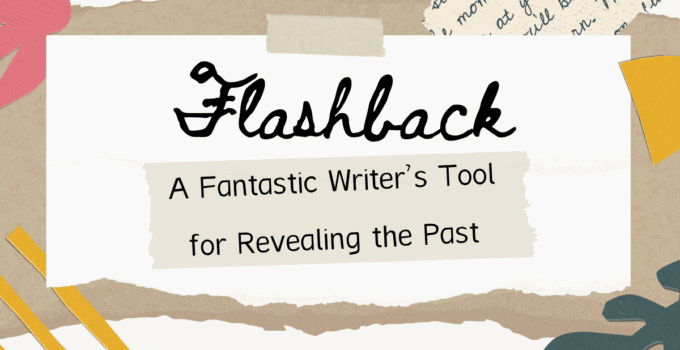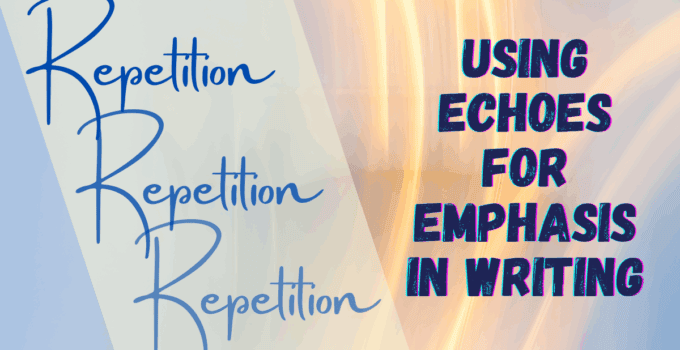Category: Writing Technique
A paradox is a statement that seems self-contradictory or absurd but, upon closer examination, reveals a deeper truth. Writers use paradoxes to challenge logic, provoke thought, and explore the …
Anachronism is a fascinating literary device that blends time periods, either as a mistake or as a creative choice. Let’s explore what it is, when it’s used purposefully, and …
An analogy explains or illustrates a concept by showing how it is similar in structure or function to something else. It’s often used to clarify, persuade, or make abstract …
Whether you’re writing poetry, prose, or song lyrics, assonance adds texture and flow to your language. In this article, we’ll explore what assonance is, how it works, and how …
Why say “childlike” instead of “childish”? Why choose “slender” over “skinny”? These decisions may seem small, but in the world of writing, they make all the difference. That’s where …
Anaphora is the art of repetition with purpose. It adds rhythm, reinforces ideas, and gives writing a lyrical, persuasive force. In this post, we’ll explore what anaphora is, why …
Personification helps writers turn abstract ideas and inanimate objects into characters with emotion, action, and voice. It’s a powerful way to create imagery, mood, and emotional connection. Let’s explore …
An oxymoron is a figure of speech that combines opposite or contradictory terms to reveal a deeper truth, create irony, or add flavor to language. Let’s explore what it …
In this post, we’ll explore what a flashback is, why it’s used, how it works, and how to write one that’s both seamless and powerful. 🔄 What Is a …
Repetition Equals Emphasis “Never give in. Never give in. Never, never, never.”With just a few repeated words, Winston Churchill delivered one of the most unforgettable lines in modern history. …
